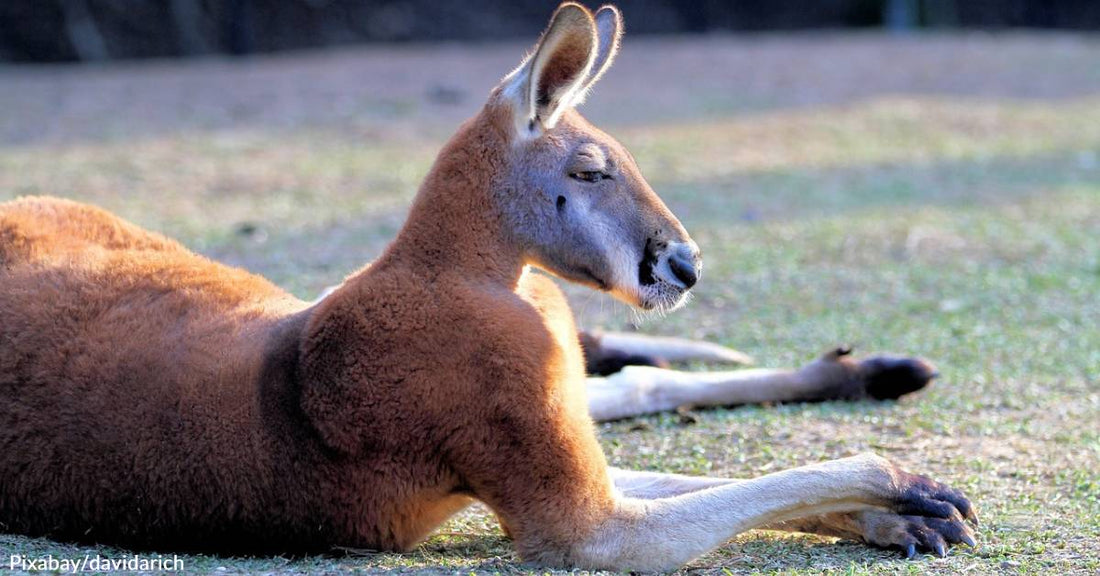Will Australia's Dingo-Proof Fence Lead to Evolutionary Differences in Kangaroos?
Rebecca West
A fence in Australia designed to keep dingos out has unintentionally created an ecological boundary, with some creatures thriving and others reportedly struggling to survive. Over eons, one could potentially expect a division like this to lead to species evolving on separate paths.
But recent evidence is suggesting that what was once thought to be a slow, gradual process might be occurring in just a matter of decades.
The fence in question spans more than 3,107 miles across Australia, creating the world's longest environmental barrier. It exists as an exclusionary measure to control predation on sheep by predatory dingoes. While dingoes reside on both sides of the fence, they are more commonly observed in the northwest.
The division has provided a rare chance to observe trophic cascades as they're happening.
According to reports, since its construction, many indigenous creatures flourish on one side while others face potential extinction just meters away. While dingoes keep invasive animals such as foxes, cats, and rabbits under control, they also prey on kangaroos of the right size.
Researchers investigating the differences between red kangaroos living on both sides of the fence witnessed something unexpected. What they discovered was much slower physical growth among those protected from dingoes. In the study, published in the Journal of Mammalogy, they explore the possibility that within a matter of decades — not hundreds or thousands of years — kangaroos afforded more protection have already evolved and are exhibiting slower growth as compared to their constantly-threatened neighbors.
"We did not expect to see that, on average, young animals inside the fence were lighter and smaller than those outside the fence," Dr. Vera Weisbecker of Flinders University said in a statement. But that is exactly what the authors found.
At this point, red kangaroos are the largest Australian terrestrial native species. Other than human encroachment and a periodic lack of rainfall, very little threatens their existence with the possible exception of dramatic infighting. For their offspring and smaller adult females, it's a very different story, as they are a favorite on dingo menus.
Weisbecker explained to IFLScience that "There are reasons not to grow quickly. For example, you can develop better immune systems if you redirect energy there."
She added that one possible reason for what they're seeing is that the creatures have some way of sensing danger and, as a result of their total absence, grow at a reduced pace.
Whether red kangaroos have evolved at markedly different growth rates in approximately 17 generations is "The million dollar question," Wesibecker stated. If that's the case, the animals could already be on the road to becoming separate species, which could lead to difficulties in interbreeding.
It's unclear how much longer the researchers will be able to observe the changes, as a growing body of evidence points to the benefits dingoes bring to native species threatened by foxes. Due to this, many would like to see the fence removed. While it's still in place, the scientists are encouraging other researchers to use the opportunity to explore similar changes that may have emerged among local animal populations.





